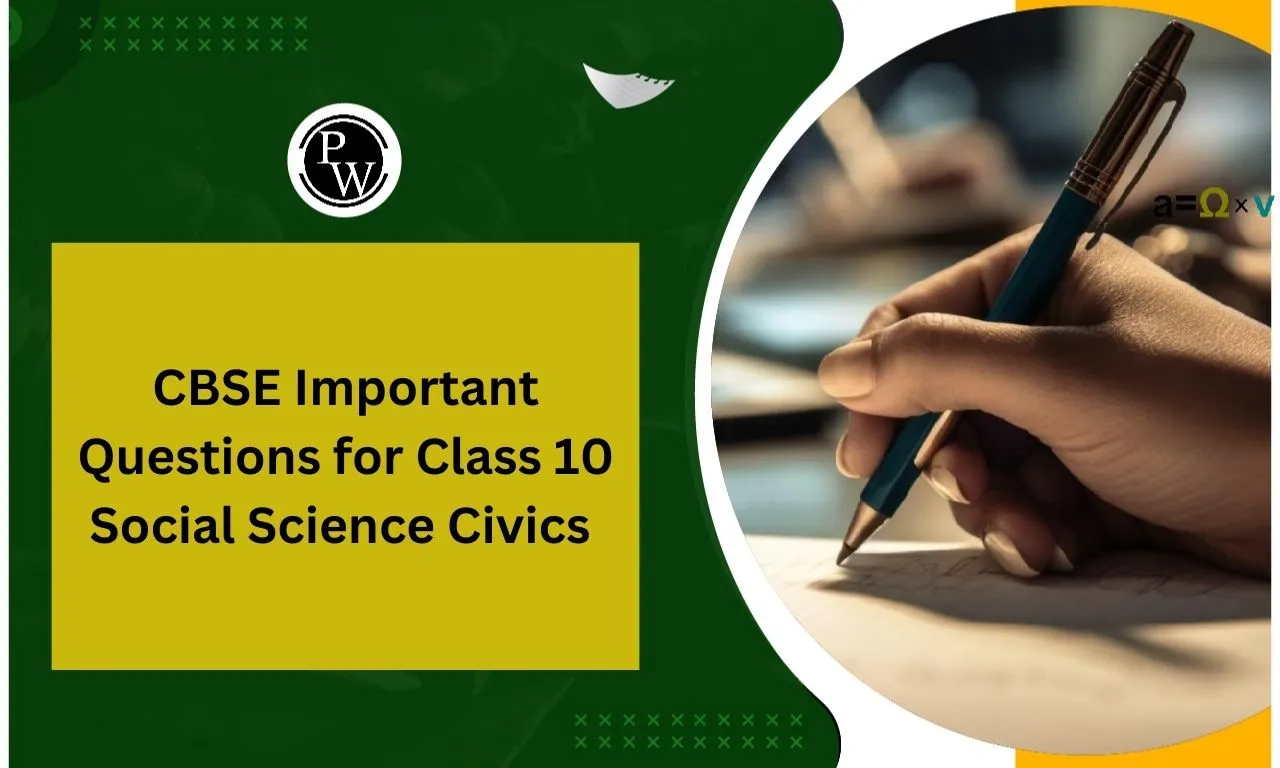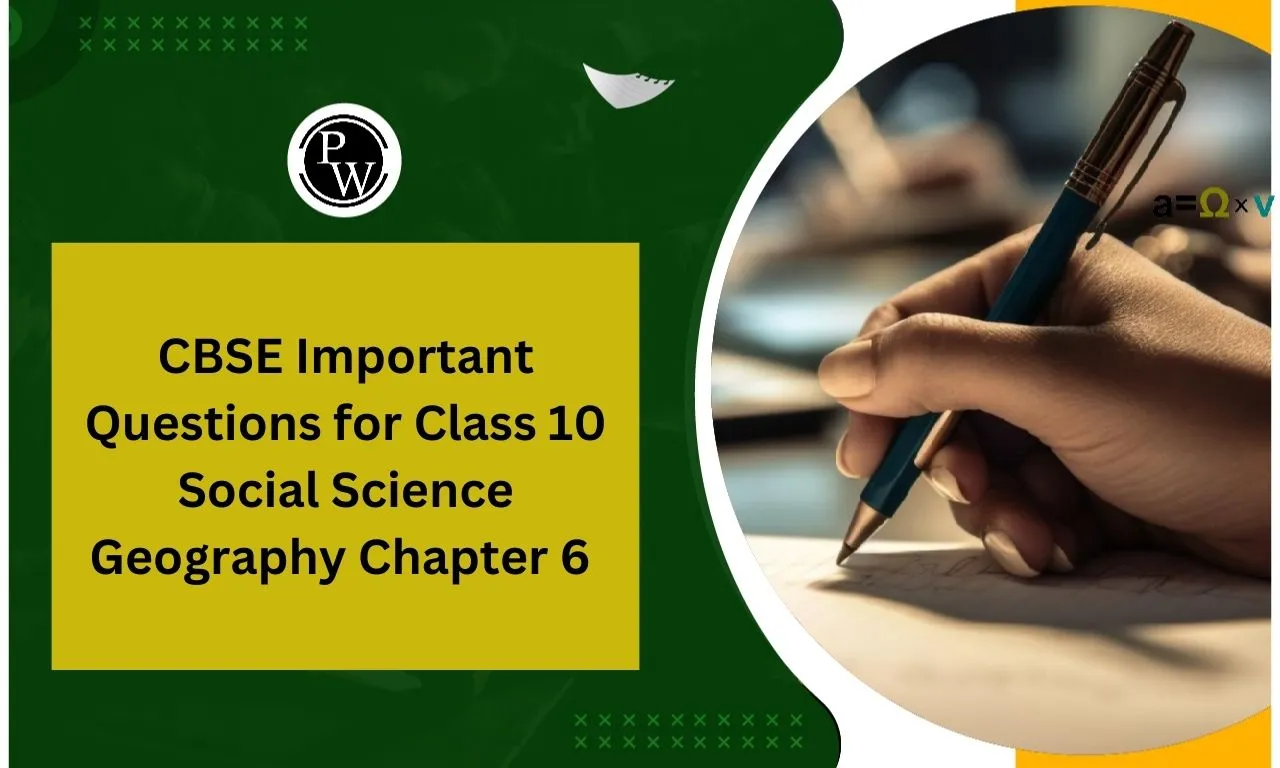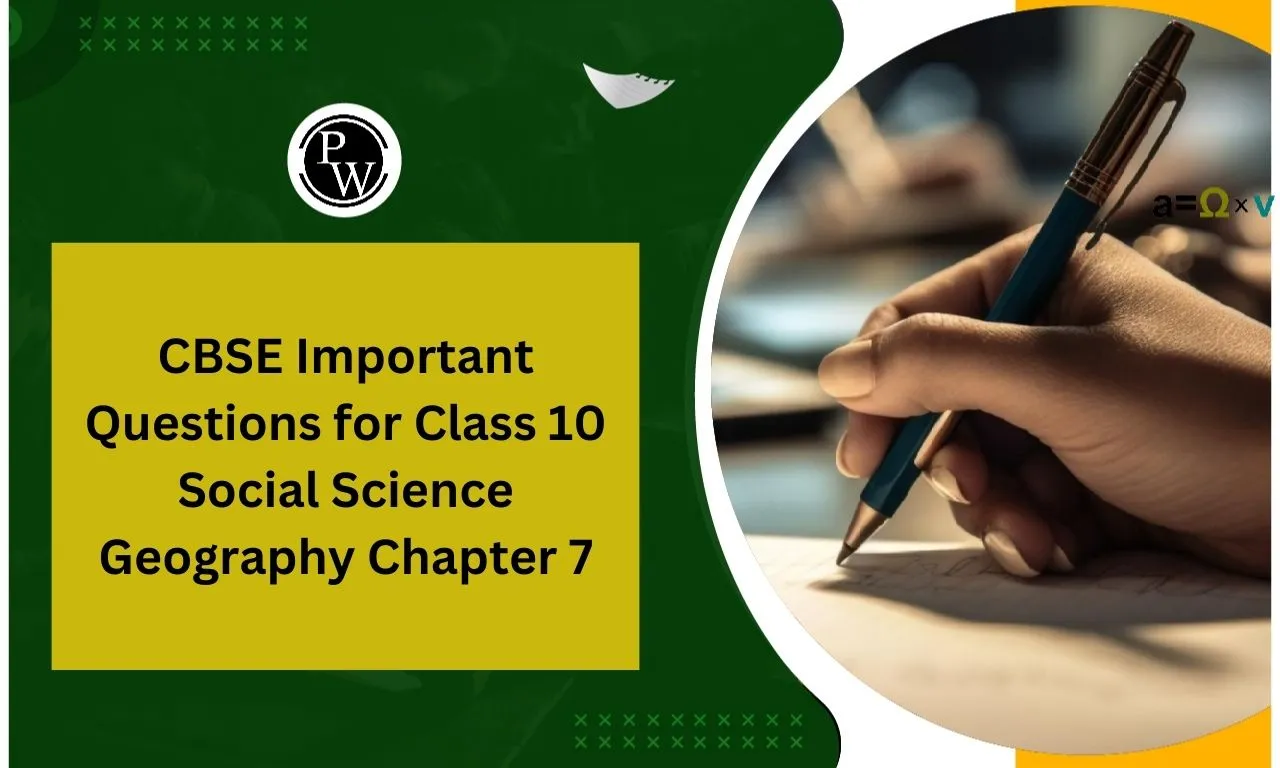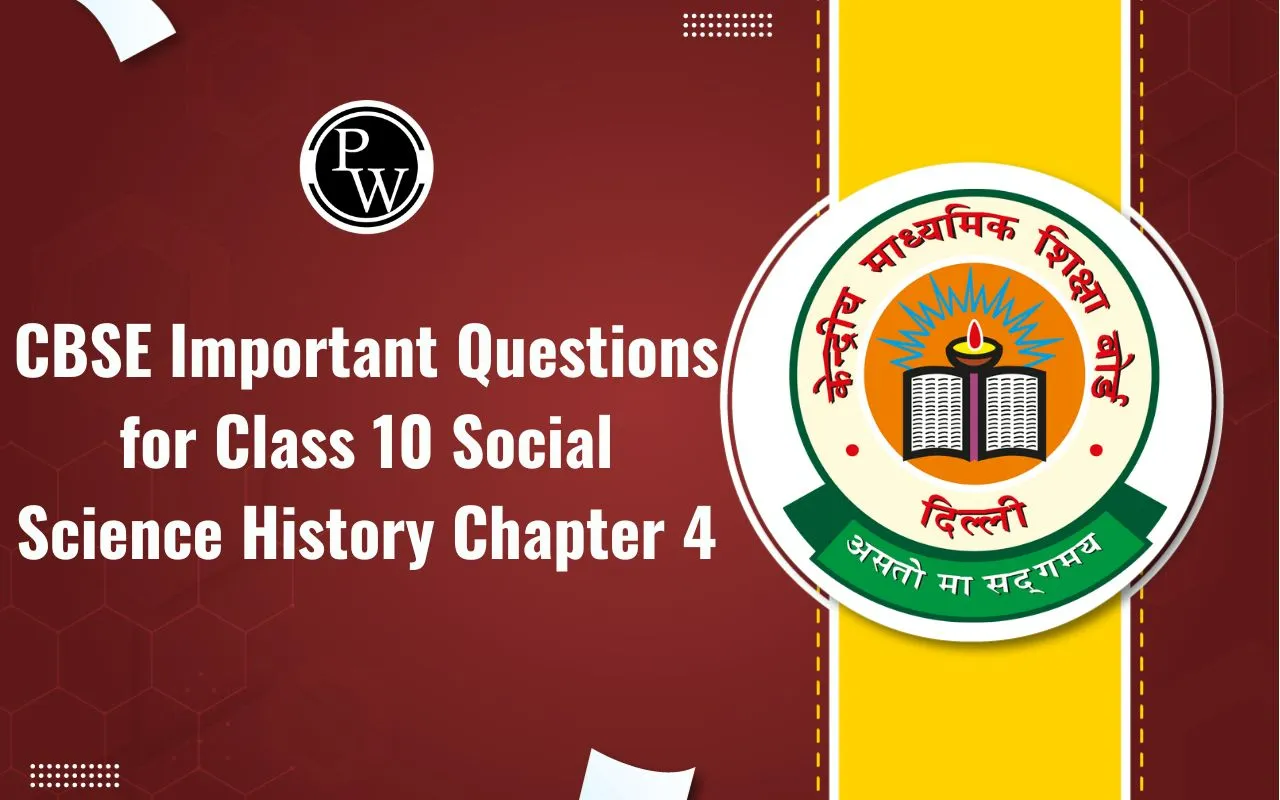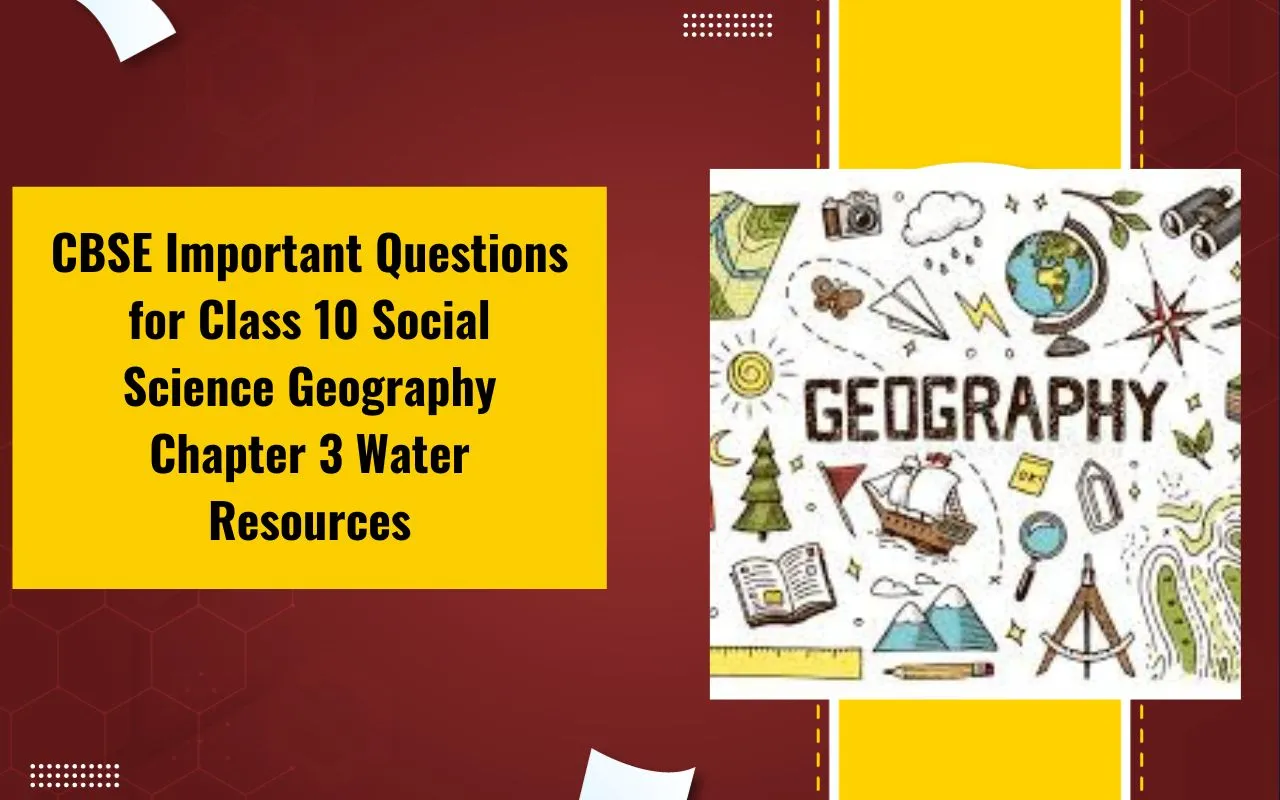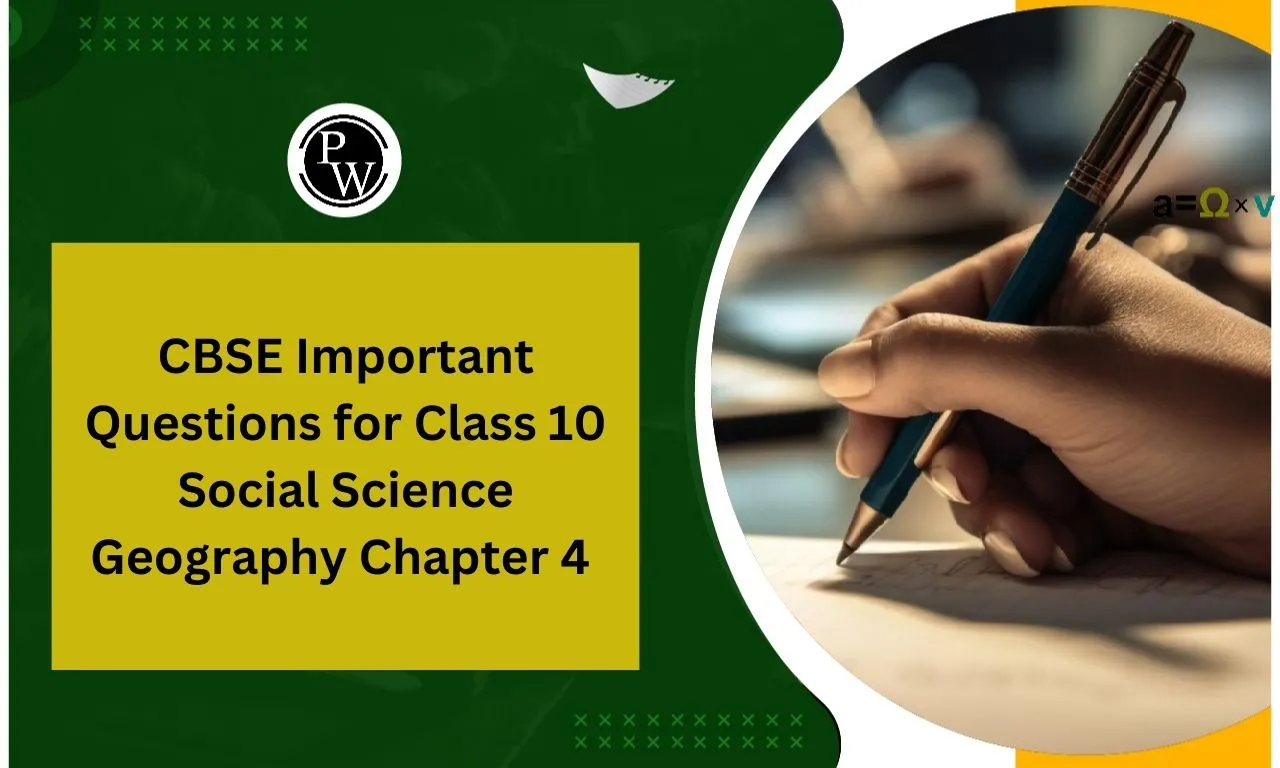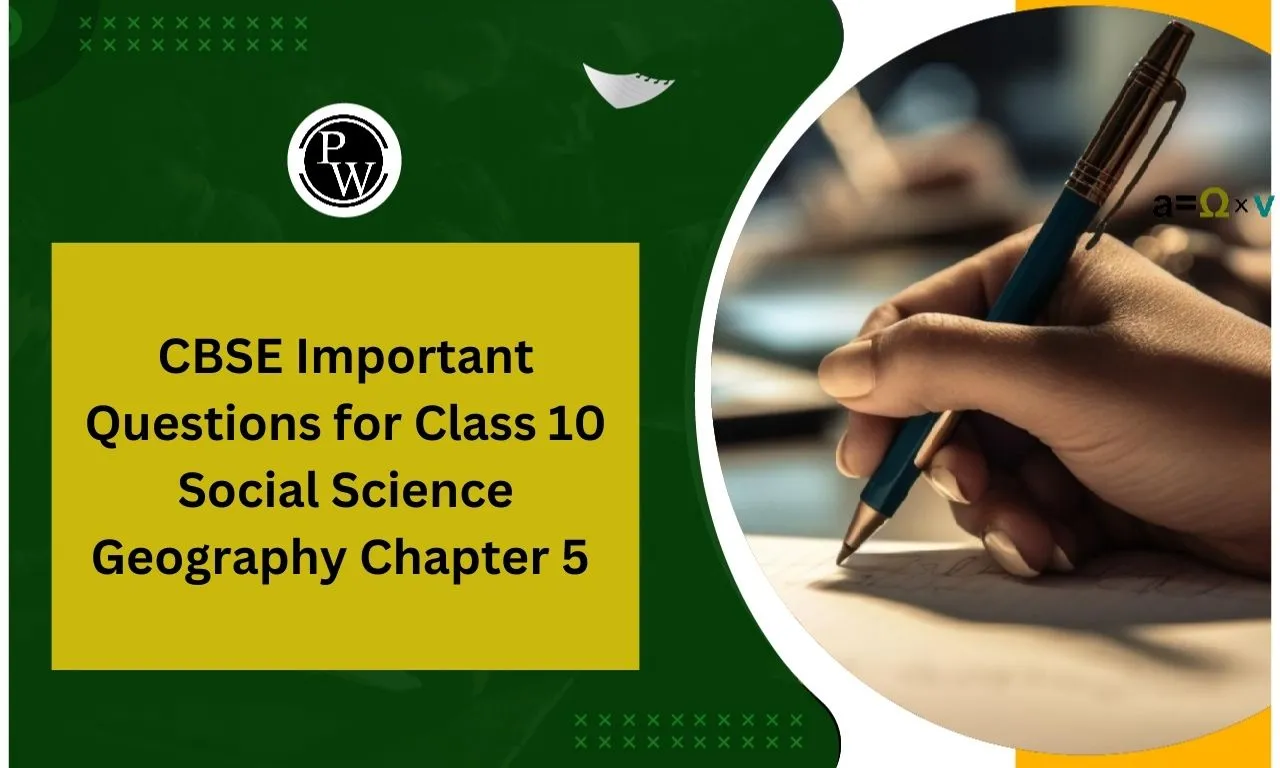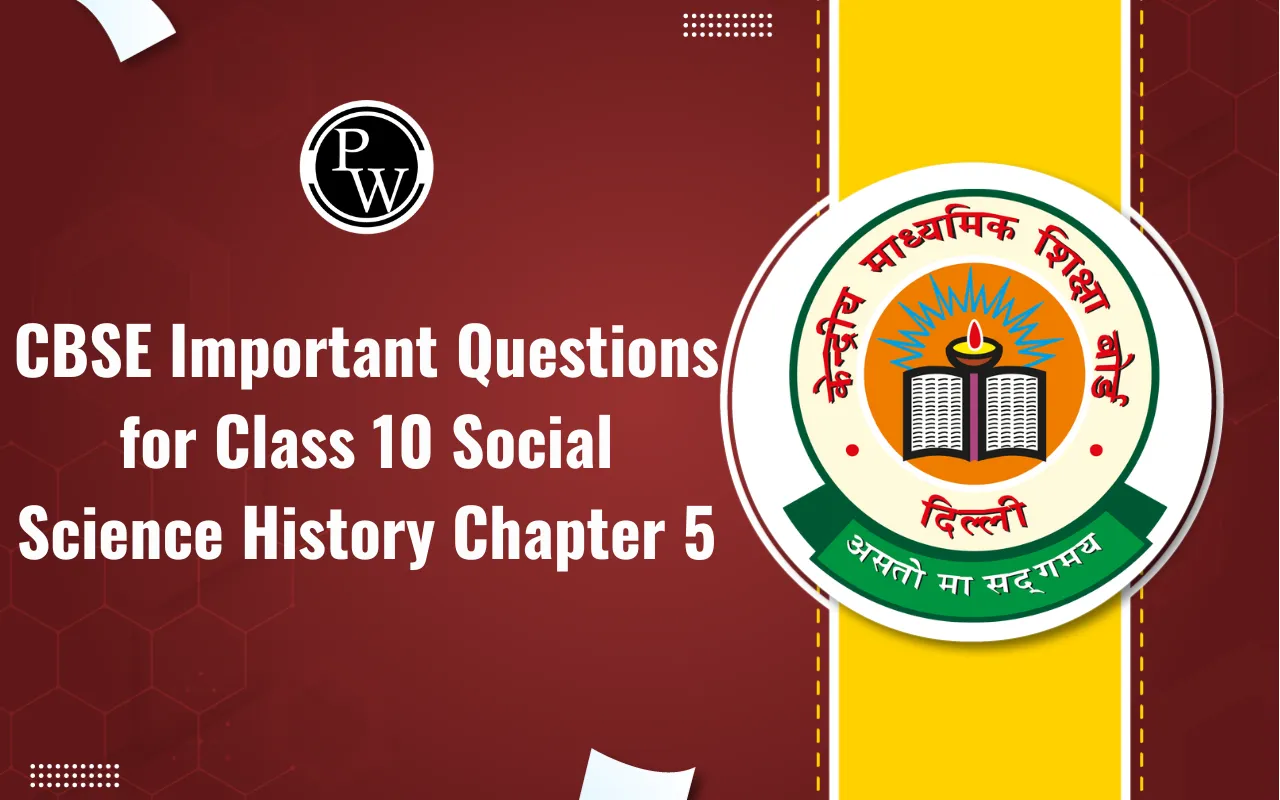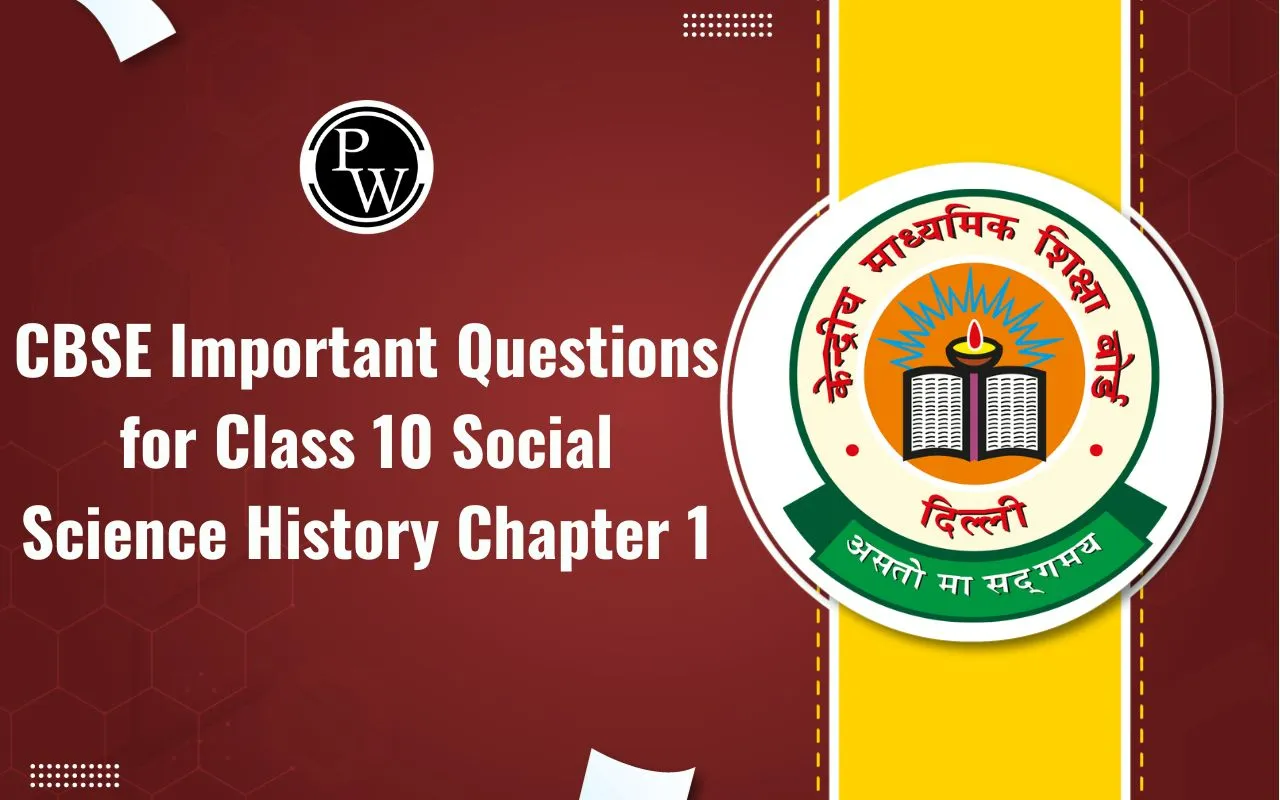
RS Aggarwal Solutions for Class 10 Maths Chapter 11 Exercise 11.3: In Chapter 11 of RS Aggarwal's Class 10 Maths book, which covers Arithmetic Progressions (AP), Exercise 11.3 focuses on determining the number of terms in an AP and finding specific terms based on given information. The exercise involves calculations where students use formulas such as the nth term formula and the formula for the last term of an AP.
These exercises are designed to strengthen understanding of AP concepts and enhance problem-solving skills through practical applications of AP formulas.RS Aggarwal Solutions for Class 10 Maths Chapter 11 Arithmetic Progressions Exercise 11.3 Overview
The solutions for Chapter 11 Exercise 11.3 of RS Aggarwal's Class 10 Maths have been prepared by subject experts from Physics Wallah. This exercise focuses on Arithmetic Progressions (AP), where students learn to find terms in a sequence and solve problems using basic AP formulas. Each solution is designed to be easy to follow, giving clear steps to help students understand and practice these mathematical concepts effectively.RS Aggarwal Solutions for Class 10 Maths Chapter 11 Exercise 11.3 PDF
You can access the PDF link for RS Aggarwal Solutions for Class 10 Maths, Chapter 11 Exercise 11.3 below. This PDF provides detailed solutions prepared by subject experts, helping students understand Arithmetic Progressions (AP) and solve problems effectively.RS Aggarwal Solutions for Class 10 Maths Chapter 11 Exercise 11.3 PDF
RS Aggarwal Solutions for Class 10 Maths Chapter 11 Exercise 11.3
Here we have provided RS Aggarwal Solutions for Class 10 Maths Chapter 11 Arithmetic Progressions Exercise 11.3 for the ease of students so that they can prepare better for their exams.Q. The sum of the first n terms of an AP is ( 3 n 2 + 6 n ) . Find the nth term and the 15th terms of this AP.
Solution:
Here, first term = 9 Common difference = 7 - 9 = - 2 Sum of first n terms of an AP is Sn = n 2 [2a + (n - 1)d] ∴ S14 = 14 2 [2(9) + (14 - 1)(-2)] = (7)(18 - 26) = (7) × (-8) = - 56 Thus, sum of 14 terms of this AP is - 56.Q. (i) the sum for the first n terms of an AP is ( 5 n 2 2 + 3 n 2 ) . Find hte nth term and the 20th term of this AP.
(ii) The sum of the first n terms of an AP is ( 3 n 2 2 + 5 n 2 ) . Find its nth term and the 25th term.
Solution:
(i) Sum of n terms, S n = 5 n 2 2 + 3 n 2
S 1 = 5 ( 1 ) 2 2 + 3 ( 1 ) 2 = 5 2 + 3 2 = 8 2 = 4 = a S 1 = 5 ( 2 ) 2 2 + 3 ( 2 ) 2 = 20 2 + 6 2 = 10 + 3 = 13 a 2 = S 2 − S 1 = 13 − 4 = 9 d = a 2 − a 1 = 9 − 4 = 5 a n = a + ( n − 1 ) d = 4 + ( n − 1 ) 5 = 4 + 5 n − 5 = 5 n − 1 a 20 = 5 n − 1 = 5 × 20 − 1 = 100 − 1 = 99(ii) Sum of n terms, S n = 3 n 2 2 + 5 n 2
S 1 = 3 ( 1 ) 2 2 + 5 ( 1 ) 2 = 3 2 + 5 2 = 8 2 = 4 = a S 1 = 3 ( 2 ) 2 2 + 3 ( 2 ) 2 = 12 2 + 10 2 = 6 + 5 = 11 a 2 = S 2 − S 1 = 11 − 4 = 7 d = a 2 − a 1 = 7 − 4 = 3 a n = a + ( n − 1 ) d = 4 + ( n − 1 ) 3 = 4 + 3 n − 3 = 3 n + 1 a 25 = 3 n + 1 = 3 × 25 + 1 = 75 + 1 = 76Q. How many terms of the AP: 21, 18, 15, ... must be added to get the sum 0?
Solution:
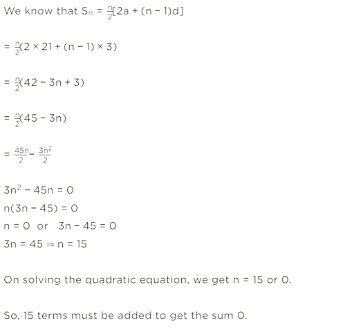
Q. How many terms of the AP 9, 17, 25, ... must be taken so that their sum is 636?
Q. How many terms of the AP 63, 60, 57, 54, ... must be taken so that their sum is 693. Explain the double answer.
Q. Find the sum of all natural numbers between 200 and 400 which are divisible by 7.
Q. Find the sum first forty positive integers divisible by 6.
Q. Find the sum of the first 15 multiples of 8.
Q. Find the sum of all three - digit natural numbers which are divisible by 13.
Q. The first and the last terms of an AP are 17 and 350 respectively. If the common difference is 9, how many terms are there and what is their sum?
Q. In an AP, the first term is 22, nth term is -11 and sum of first n terms is 66. Find n and hence find the common difference.
Solution:
Q. In a school, students decided to plant trees in and around the school to reduce air pollution. It was decided that the number of trees that each section of each class will plant will be double of the class in which they are studying. If there are 1 to 12 classes in the school and each class has two sections, find how many trees were planted by students. Which value is shown in the question?
Q. In a potato race, a bucket is placed at the starting point, which is 5 m from the first potato, and the other potatoes are placed 3 m apart in a straight line. There are 10 Potatoes in the line. A competitor starts from the bucket, picks up the nearest potato runs back with it, drops it in the bucket, runs back to pick up the next potato runs to the bucket to drop it in, and the continues in the same way until all the potatoes are in the bucket. What is the total distance the competitor has to run?


Q. The 24th term of an AP is twice is 10th term. Show that its 72nd term is 4 times its 15 the term.
Benefits of RS Aggarwal Solutions for Class 10 Maths Chapter 11 Exercise 11.3
Clear Understanding: These solutions provide step-by-step explanations that clarify how to solve problems involving AP, helping students grasp concepts effectively.
Practice: By solving problems from Exercise 11.3 students can practice applying AP formulas and strengthen their problem-solving skills.
Comprehensive Coverage: The solutions cover various types of problems ensuring students are well-prepared for exams and assessments.
Self-assessment: Students can use these solutions to self-assess their progress and identify areas where they may need further practice or clarification.
RS Aggarwal Solutions for Class 10 Maths Chapter 11 Exercise 11.3 FAQs
What does Exercise 11.3 of RS Aggarwal's Class 10 Maths cover?
How can Exercise 11.3 help in understanding AP?
Why is it important to practice Exercise 11.3?
What is an Arithmetic Progression (AP)?


